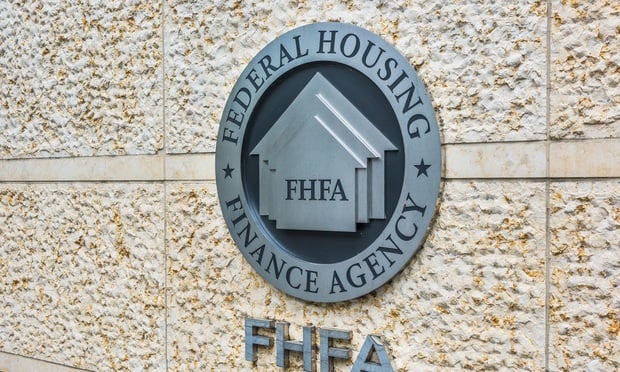The Census Bureau says that nearly half of renter households — 49.7% of 42.5 million renter households — are cost-burdened, paying at least 30% of their income.
That many households face heavy financial burdens isn't exactly news. Earlier this year, the Harvard Joint Center for Housing Studies said that in 2022, half of renters were cost-burdened. Even then, while there was a slowdown in rent growth, renters still had to meet accumulated high costs.
But conditions have been getting worse. The real median gross cost of renting — that includes costs of utilities and fuels adjusted for inflation — grew at 3.8% in 2023, even as real median home values grew by only 1.8%. That was the largest annual rent increase since at least 2011. Between 2011 and 2019, real rent costs were up by less than 3.0%. The median cost of rental housing grew from $1,354 to $1,406 after adjustment for inflation.
Want to continue reading?
Become a Free ALM Digital Reader.
Once you are an ALM Digital Member, you’ll receive:
- Breaking commercial real estate news and analysis, on-site and via our newsletters and custom alerts
- Educational webcasts, white papers, and ebooks from industry thought leaders
- Critical coverage of the property casualty insurance and financial advisory markets on our other ALM sites, PropertyCasualty360 and ThinkAdvisor
Already have an account? Sign In Now
*May exclude premium content© 2025 ALM Global, LLC, All Rights Reserved. Request academic re-use from www.copyright.com. All other uses, submit a request to [email protected]. For more information visit Asset & Logo Licensing.








